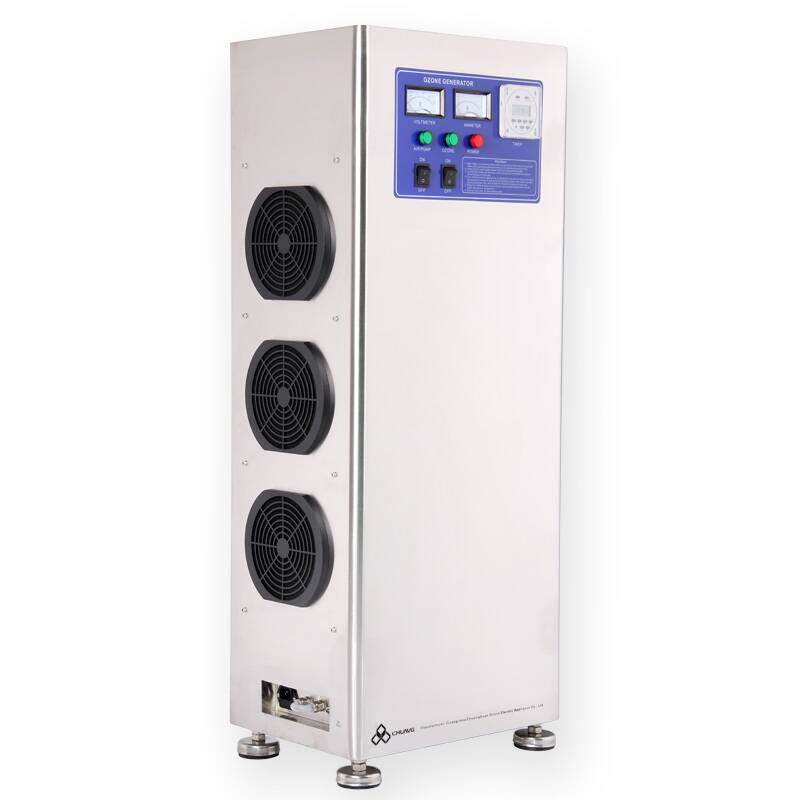The abbreviation for the ozone denitrification process is ODP. This process involves the use of ozone to remove nitrogen oxides from flue gas emissions. Nitrogen oxides, or NOx, are a harmful byproduct of many industrial processes, including power generation and transportation.

ODP is a relatively new technology, but it has shown great promise in reducing NOx emissions. The process works by injecting ozone gas into the flue gas stream, where it reacts with the NOx to form nitrogen and oxygen. This reaction occurs at a much faster rate than traditional denitrification methods, which typically rely on the use of catalysts or absorbents.
One of the key advantages of ODP is its ability to operate at low temperatures. This allows the process to be used in a wide range of applications, including power plants, industrial boilers, and waste incinerators. Additionally, ODP does not produce any harmful byproducts, making it a cleaner and more sustainable option for reducing NOx emissions.
Another important factor to consider when evaluating ODP is its cost-effectiveness. While the initial equipment and installation costs can be high, the ongoing operational costs are relatively low. This is due to the fact that ozone gas is generated on-site using only electricity and oxygen, which are readily available and inexpensive.
Despite its many benefits, ODP is not without its challenges. One of the main issues is the potential for ozone to react with other compounds in the flue gas stream, such as sulfur dioxide and carbon monoxide. This can result in the formation of harmful byproducts, such as sulfuric acid and formaldehyde, which can negate the environmental benefits of the process.
To address these challenges, ongoing research is being conducted to optimize the ODP process and minimize its environmental impact. This includes developing new ozone injection systems, improving the efficiency of ozone generation, and exploring new methods for controlling the reaction between ozone and other compounds in the flue gas stream.
In conclusion, ODP is a promising technology for reducing NOx emissions in a wide range of industrial applications. While there are some challenges to be addressed, ongoing research and development efforts are helping to optimize the process and ensure its long-term sustainability. With continued investment and innovation, ODP has the potential to play a major role in creating a cleaner and more sustainable future.




